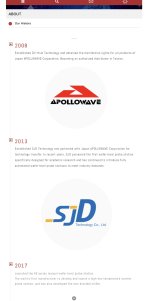View attachment 73011
Last week, I was at our Electric Software Hub in Sindelfingen for the Insight Mercedes-Benz Drivetrains & Efficiency press event.
Four deep-dive workshops gave journalists the chance to look ‘under the skin’ of our new CLA based on the Mercedes-Benz Modular Architecture (MMA) and the first session focused on our new EV drivetrain.
Mercedes-Benz has always been a pioneer of ground-breaking drive systems. We recently proved this with the record-breaking VISION EQXX technology programme. With the upcoming MMA vehicles, we are now making this visionary technology available to our customers and getting ever closer to the idea of the one-litre vehicle of the electric age.
The bottom line is that the electric drive, as demonstrated in the Concept CLA Class, aims for a WLTP range of over 750 kilometres. Here are the main advancements:
Mercedes-Benz is using an 800-volt electrical architecture for the first time. The system maximises efficiency and performance and, in conjunction with the new battery generation, can significantly reduce charging time. Within 10 minutes, a range of up to 300 kilometres* can be added to the Concept CLA Class using DC fast charging.
Customers will be able to choose between batteries with two different cell chemistries. The cells of the premium version with a usable energy content totalling 85 kWh have anodes in which silicon oxide is added to the graphite. At cell level, the volumetric energy density of the cell chemistry is 680 Wh/l. The use of raw materials has been further optimised and reduced.
The new Electric Drive Unit (EDU 2.0) has been derived directly from the ground-breaking technology of the VISION EQXX and was developed entirely in-house. The 4MATIC models also have an 80-kW drive unit on the front axle. In the interests of efficiency, this is also equipped with a next-generation inverter with silicon carbide (SiC) and designed as a permanently excited synchronous machine (PSM). The front electric motor acts as a “boost” drive. Depending on the driving situation or driving programme, it is only switched on when the corresponding power or traction is required. This task is performed by the Disconnect Unit (DCU), which Mercedes-Benz is now using for the first time in the entry-level segment.
In Part two, I’ll tell you more about our new high-voltage batteries.
* The information is provisional. There are currently no confirmed values from an officially recognised testing organisation, nor an EC-type approval, nor a certificate of conformity with official values. There may be discrepancies between the information and the official values.

www.electronicdesign.com








